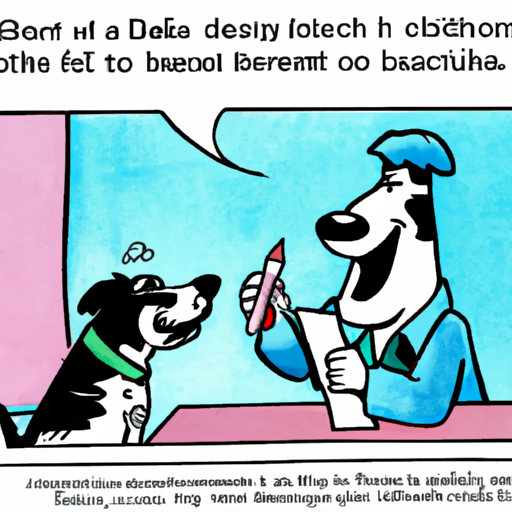As a caregiver, you have an abundance of roles to play, and one of them is ensuring the well-being of your pet. When it comes to dogs, a common issue that can cause concern is bad breath. It’s not just about the unpleasant smell, but it’s also an indicator of your dog’s oral health. In this guide, you’ll learn how to treat bad breath in dogs effectively.
1. Understand the Causes of Bad Breath in Dogs
Firstly, it’s important to understand that bad breath in dogs, or halitosis, can be a result of various causes. Some causes are benign, while others may indicate serious health problems.
- Poor Oral Hygiene: Lack of regular brushing and dental care can result in bad breath in dogs. Over time, bacteria and food particles accumulate leading to plaque and tartar buildup which causes bad breath.
- Diet: Certain types of food can cause bad breath. For example, a diet high in fish or liver can lead to unpleasant breath.
- Health Issues: Conditions like diabetes, kidney disease, or gastrointestinal issues can also cause bad breath in dogs.
2. Regular Oral Hygiene for Dogs
Maintaining regular oral hygiene for your dog is paramount. This involves:
- Brushing Your Dog’s Teeth Regularly: Aim to brush your dog’s teeth at least once a day. Use a dog-friendly toothpaste and a soft-bristled brush.
- Professional Dental Cleaning: Schedule regular professional dental cleaning with your vet to remove plaque and tartar buildup.
- Oral Rinses and Dental Treats: Use dog-friendly oral rinses and dental treats to help reduce bacteria and freshen your dog’s breath.
3. Balanced and Healthy Diet
A balanced diet not only ensures your dog’s overall health but also prevents bad breath.
- Avoid Foods Known to Cause Bad Breath: This includes foods high in fish and liver.
- Include Dental Health Foods: Certain foods like apples, carrots, and dental chews can help clean your dog’s teeth naturally.
- Provide Plenty of Fresh Water: Ensure your dog always has access to fresh water as it helps in washing away food particles and bacteria.
4. Regular Checkups with the Vet
Regular vet checkups are essential to monitor your dog’s overall health, including oral health.
- Check for Underlying Health Issues: Regular vet visits can help diagnose serious health conditions that might be causing bad breath.
- Professional Dental Checkups: The vet can identify early signs of dental diseases and recommend appropriate treatments.
5. Frequently Asked Questions (FAQs)
Here are some commonly asked questions about treating bad breath in dogs:
Q: Can I use human toothpaste to clean my dog’s teeth?
A: No, human toothpaste can be harmful to dogs. Always use dog-friendly toothpaste.
Q: How often should I schedule professional dental cleaning for my dog?
A: It’s recommended to schedule professional dental cleaning at least once a year, but it may vary depending on your dog’s oral health.
Q: Can bad breath be a sign of serious health conditions in dogs?
A: Yes, bad breath can be a symptom of serious health issues like diabetes, kidney disease, or gastrointestinal issues. If your dog’s bad breath persists, consult your vet immediately.
With consistent care and proper measures, you can effectively treat bad breath in your dog, improve their oral health, and contribute to their overall well-being. Remember, it’s not just about fresh breath, it’s about a fresher, healthier life for your canine companion.



